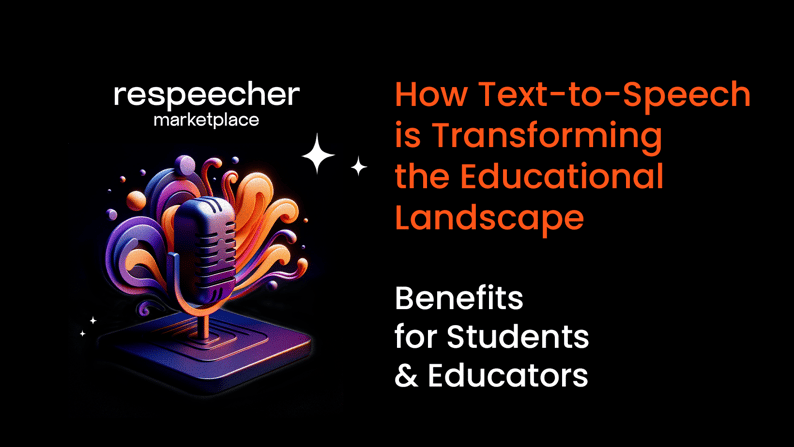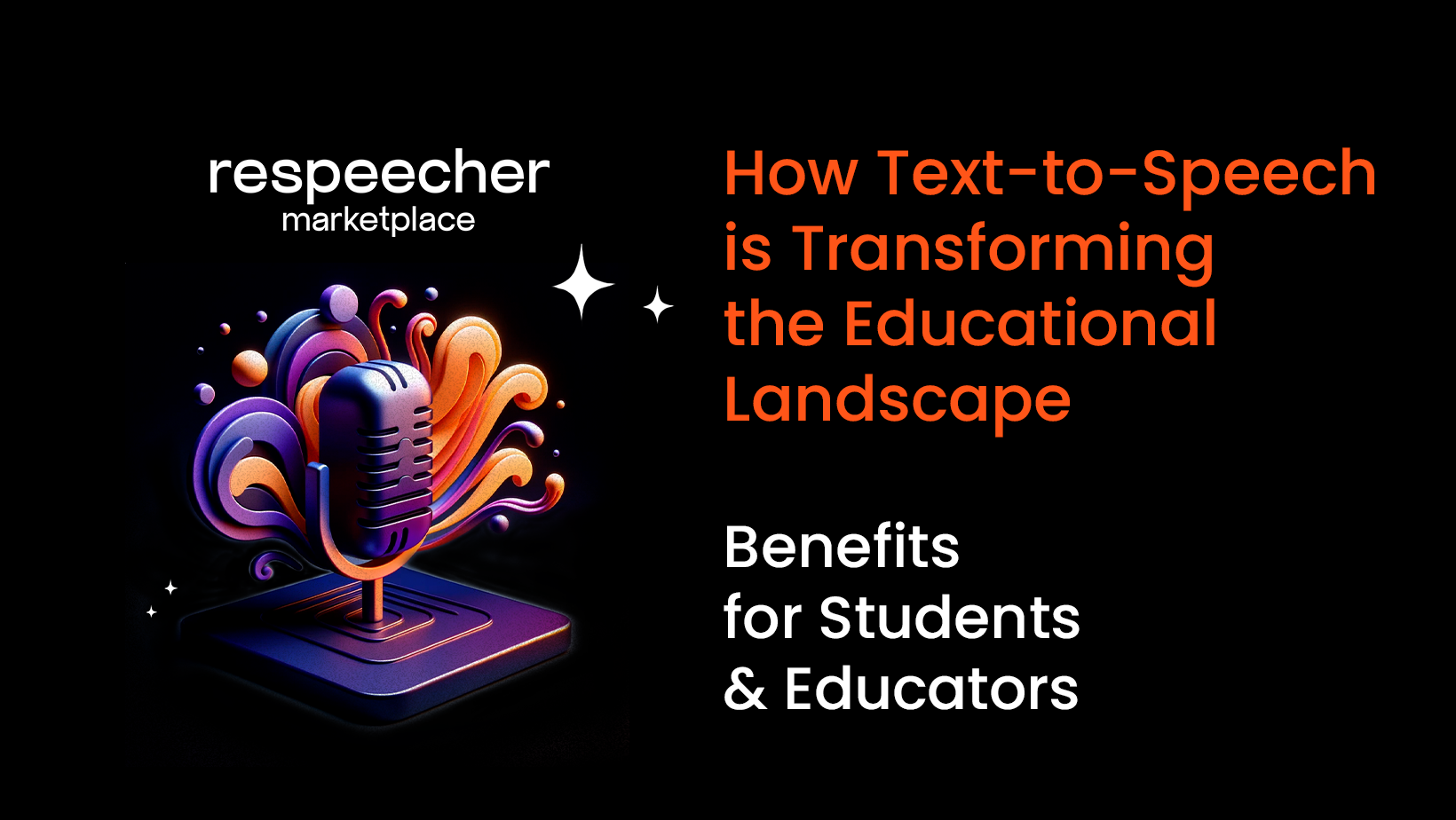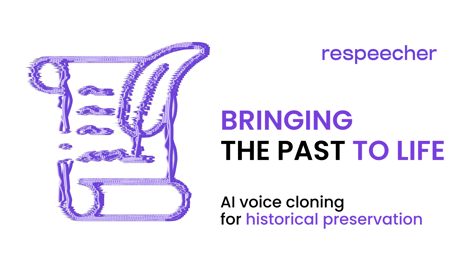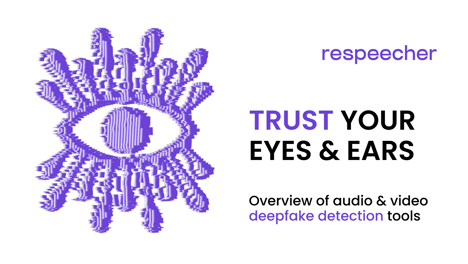How Text-to-Speech is Transforming the Educational Landscape

Accessibility lies at the core of modern education. It means ensuring that every student, regardless of physical or cognitive abilities, has equal access to educational resources and opportunities. At the same time, personalized learning recognizes students' unique strengths, weaknesses, and preferences. By tailoring educational experiences to individual learners, educators can enhance engagement, retention, and overall academic outcomes. Text-to-speech (TTS) technology enables the conversion of written text into spoken language, breaking down barriers for students with different learning abilities. Voice AI also facilitates personalized learning experiences by allowing students to consume educational content that best suits their preferences and needs.
Overview of TTS in Education
Text-to-speech technology converts written text into spoken language using AI voices. This process involves text analysis, linguistic processing, and speech synthesis. Essentially, TTS software analyzes the structure and content of the input text, interprets it linguistically, and then generates corresponding speech output.
The benefits of TTS technology extend across various stakeholders within the educational ecosystem—students, teachers, and institutions alike. For students, TTS offers several advantages:
- Accessibility: TTS technology is crucial in making educational content accessible to students with different learning needs. For students with visual impairments, dyslexia, or other reading difficulties, TTS provides an alternative mode of accessing written information.
- Enhanced comprehension: Text-to-speech voice synthesis can improve comprehension and retention for all students, regardless of their learning abilities. By listening to the text read aloud, students can reinforce their understanding of complex concepts, vocabulary, and sentence structures.
- Customization and flexibility: TTS technology allows students to customize their learning and e-learning experiences according to their preferences. Students can adjust their reading speed, choose different AI voices or accents, and modify pronunciation settings to suit their needs and preferences.
TTS technology allows teachers to differentiate instruction and accommodate students' diverse needs within a single classroom.
Integrating TTS technology into educational settings also benefits institutions. It demonstrates their commitment to accessibility in education and compliance with relevant regulations and enhances student outcomes by promoting engagement, comprehension, and academic success. By addressing barriers to learning and creating better educational apps with AI voice synthesis software, TTS empowers students to reach their full potential and achieve academic excellence.
Applications of TTS in Educational Content
Text-to-speech technology, as part of AI in education, has diverse applications across educational materials and platforms.
- Textbooks: TTS technology is being integrated into digital textbooks, allowing students to listen to the text rather than read it, offering an alternative mode of engagement with the material.
- Online courses: By providing audio versions of lectures, readings, and other instructional materials, online courses accommodate diverse learning preferences and needs.
- Interactive learning platforms: TTS technology enhances the interactivity of educational platforms by enabling audio feedback, instructions, and prompts. For example, in language learning apps, TTS can pronounce words and phrases in different languages, helping students improve their pronunciation and listening skills.
- Multilingual education: By providing audio translations and pronunciations in multiple languages, TTS helps students develop listening, speaking, and comprehension skills in foreign languages.
Benefits for Students and Educators
Text-to-speech technology offers many benefits for both students and educators. It enhances learning experiences and promotes inclusivity in education. It facilitates auditory learning options, supports reading comprehension, and fosters inclusivity.
One of the most significant impacts of TTS technology is its role in promoting inclusivity. For students with visual impairments or reading difficulties, accessing educational content in a traditional written format can present significant challenges. TTS addresses these barriers by converting text into speech, enabling students with visual impairments to easily listen to course materials, textbooks, and other resources. Similarly, students with dyslexia or other reading disabilities can benefit from TTS by receiving auditory support that complements their visual reading efforts. By leveling the playing field and providing equitable access to educational content, TTS ensures that all students can participate fully in the learning process.
Also, text-to-speech voice synthesis provides auditory learning options, allowing students to engage with educational content through listening rather than reading. TTS accommodates diverse learning preferences and needs by offering audio versions of textbooks, articles, and other learning materials and promotes student engagement and comprehension.
Case Studies
Georgia Institute of Technology: Georgia Tech has implemented TTS technology across various academic departments to support students with disabilities. Through the Center for Inclusive Design and Innovation (CIDI), the university offers TTS tools and resources to students with visual impairments, dyslexia, and other reading difficulties. By providing access to TTS software and training, Georgia Tech promotes inclusivity and removes barriers to learning for students with disabilities.
Perkins School for the Blind: Located in Massachusetts, Perkins School for the Blind employs TTS technology to help students with visual impairments access educational content. The school utilizes TTS software and devices to convert textbooks, worksheets, and other materials into audio, enabling students to listen to the content and participate fully in classroom activities. Through TTS, Perkins School for the Blind promotes independence, literacy, and academic achievement among its students.
Meanwhile, Respeecher has worked with Atomic Entertainment, an Emmy award-winning production company that creates and produces fun, information-driven shows for children and their families. Atomic sought to alleviate their challenges while filming and recording children for their programs. With speech-to-speech voice conversion technology, children don't have to be present in the studio for hours on end. You only need to record one hour of a child actor's voice, and an adult actor can read the required dialog. Using this hour-long recording, any voice can be synthesized into the child's voice while retaining all the shades of emotion, accent, and speech characteristics with an AI voice generator. A professional dubbing actor can dub different scenes, thereby saving the time of parents, children, and the entire production team. Read the complete case study about reproducing children’s voices for educational projects here.
Conclusion
As we look to the future of AI in education, text-to-Speech technology holds tremendous potential to revolutionize how we teach and learn. The integration of text-to-spech into educational settings has already proven to enhance accessibility, support diverse learning needs, and promote inclusivity. Furthermore, TTS technology can potentially expand access to education globally. With the rise of online learning platforms, digital educational tools, and resources, AI voice synthesis enables students from diverse backgrounds and linguistic communities to access educational content in their native languages.
To harness the full potential of TTS in education, educators and institutions are encouraged to explore innovative solutions such as the Respeecher Voice Marketplace. Respeecher offers advanced TTS technology that can enrich educational offerings by providing high-quality, natural-sounding speech synthesis. Through Voice Marketplace, educators can access diverse voices and accents to enhance the accessibility and inclusivity of their materials. Try it for free today!
FAQ
Text-to-speech (TTS) technology converts written text into spoken language using AI voice synthesis. It processes the text, interprets its structure, and generates speech output, enhancing accessibility in education by providing auditory learning options for all students.
TTS promotes educational accessibility by converting written content into audio, making it accessible to students with visual impairments or reading difficulties. It enables inclusive education, ensuring equal access for students with diverse learning needs.
TTS allows for personalized learning by adjusting voice speed, accent, and tone to meet individual preferences. This fosters engagement and improves comprehension, particularly for auditory learners and students with learning disabilities.
TTS is integrated into digital textbooks and online courses, providing audio versions of materials. This caters to diverse learning styles and supports multilingual education, making content more accessible and enhancing student engagement.
Respeecher’s Voice Marketplace offers high-quality AI voice synthesis, with diverse voices and accents, enhancing learning tools for students with disabilities. It supports personalized learning and inclusive education by providing customized, natural-sounding TTS solutions.
Glossary
Text-to-speech (TTS)
Auditory learning
Educational accessibility
Inclusive education
Personalized learning

- AI voice synthesis
- text-to-speech (TTS) synthesis
- speech synthesis
- AI voice
- AI voice generator
- Respeecher Voice Marketplace
- voice changer
- voice ai
- text-to-speech voice conversion
- text-to-speech voice synthesis
- AI in education
- accessibility in education
- digital education tools
- e-learning
- educational technology





